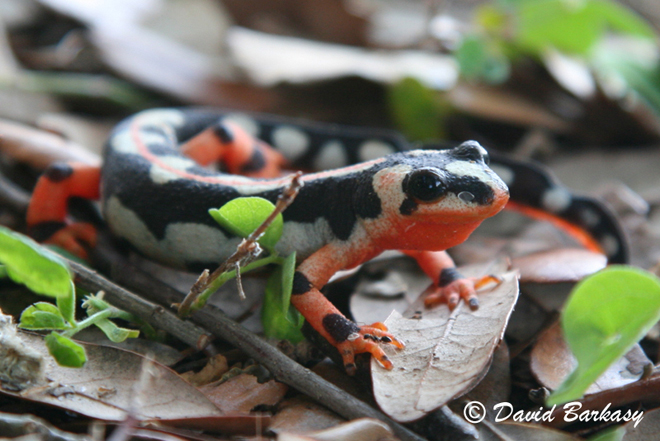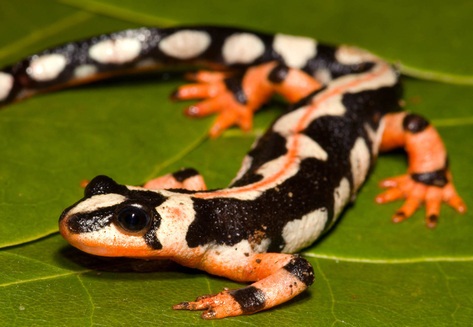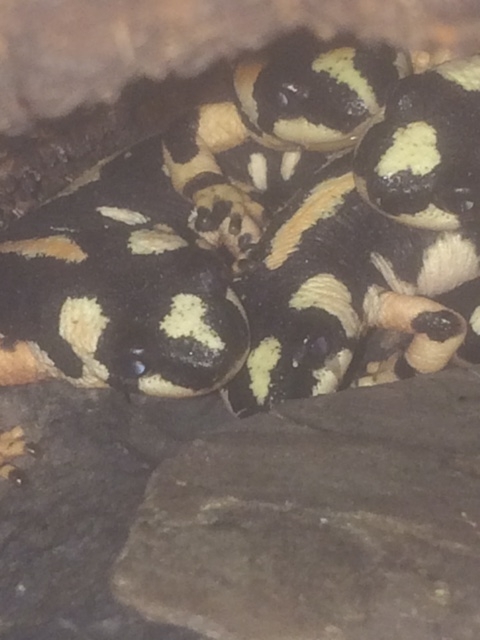Kaiser’s spotted newt (Neurergus kaiseri Schmidt, 1952), also known as the Luristan newt, is a species of very colourful salamander. They are endemic to the southern Zagros Mountains in Iran where they inhabit just four streams.
Populations of this newt have been declining and the International Union for Conservation of Nature has rated it as “vulnerable”. A captive breeding programme has been established in several zoos.
In 2017 I was offered several Kaiseri newts. I had never kept newts before, and was concerned when I read that there current conservation status is listed as Vulnerable (threatened). I was provided with Article 10 documents for each one I acquired, a total of twelve over a few months.
I have developed my interest in these colorful and fascinating newts as a challenge to see if I can go some way to assist the conservation of the species.
* It is not known how many times a year Kaiser newts breed.
* Breeding season Kaiser newts breed from March to April.
* Range number of offspring 45 to 60.
* Average time to independence 3.5 months.
* Range age at sexual or reproductive maturity (female) 2 to 4 years.
* Range age at sexual or reproductive maturity (male) 2 to 4 years.
Construction of a brand new enclosure is currently in progress. It will feature part terrestrial and part aquatic. It will also provide the latest state of the art lighting. I hope the first mating will take place in spring 2018.


